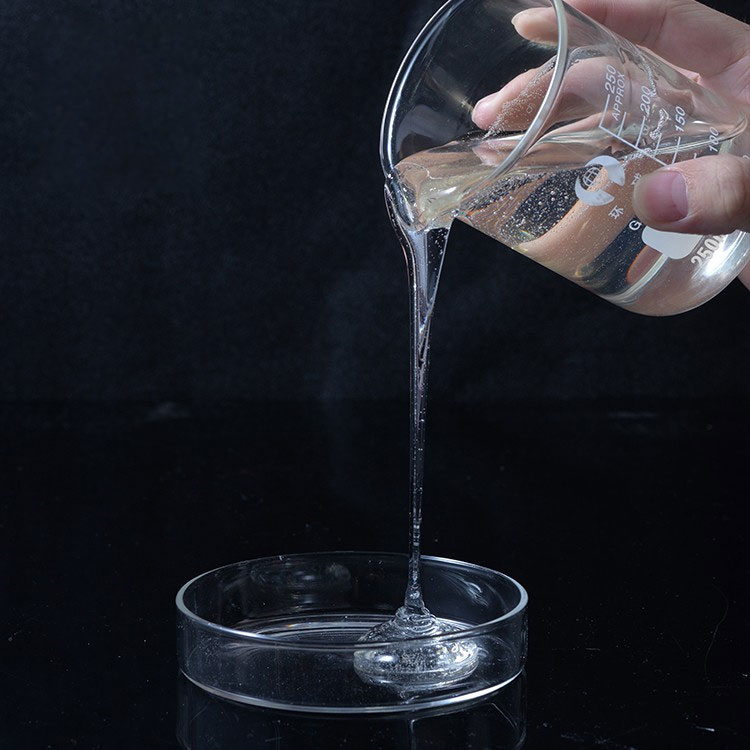In the realm of cellulose derivatives, the viscosity of Hydroxypropyl Methylcellulose (HPMC) stands as a critical parameter that greatly influences its behavior and performance in various applications. The viscosity test serves as a valuable tool to analyze and understand the flow properties, consistency, and overall quality of HPMC products. This article delves into the significance of viscosity testing for HPMC, shedding light on its importance, testing methods, and the insights it provides into the performance of this versatile cellulose derivative.
The Role of Viscosity in HPMC:
Viscosity, often referred to as the measure of a fluid’s resistance to flow, plays a pivotal role in determining how HPMC behaves in different formulations and applications. As a key attribute of cellulose derivatives, viscosity impacts the texture, stability, and ease of processing of products that incorporate HPMC. Whether it’s a pharmaceutical formulation, a paint and coating mixture, or a personal care product, the viscosity of HPMC directly influences its performance characteristics.
Understanding Viscosity Testing:
Viscosity testing involves measuring the force required to move a specific volume of fluid through a capillary tube under controlled conditions. For HPMC, viscosity is typically measured in aqueous solutions at various concentrations. The results are expressed in terms of centipoise (cP) or mPa•s, providing a quantitative value that indicates the thickness or flowability of the solution. This data not only aids in quality control during HPMC production but also guides formulators in selecting the appropriate grade for their specific application.
Insights Gained from Viscosity Tests:
Viscosity testing offers valuable insights into the performance of HPMC across diverse applications. A higher viscosity may indicate better thickening capabilities, making HPMC ideal for applications where enhanced texture and stability are desired. Lower viscosity grades may find utility in applications requiring improved dispersion or faster dissolution. By understanding the viscosity profile of HPMC, formulators can fine-tune their formulations, ensuring optimal performance and desired product attributes.
Tailoring Solutions for Specific Needs:
The viscosity test serves as a tool for tailoring HPMC solutions to meet specific formulation requirements. For instance, in the construction industry, viscosity data aids in designing mortars and adhesives with the desired consistency for effective application. In pharmaceuticals, it helps achieve precise dosing and controlled release of active ingredients. The versatility of HPMC viscosity allows industries to engineer products that align with their unique needs.
Quality Assurance and Consistency:
Viscosity testing is an integral part of quality assurance for HPMC manufacturers. Consistency in viscosity ensures uniformity in product performance and provides a benchmark for maintaining batch-to-batch quality. By adhering to standardized viscosity specifications, manufacturers can deliver HPMC products that consistently meet customer expectations and industry standards.
The viscosity test of Hydroxypropyl Methylcellulose (HPMC) stands as a window into the behavior, performance, and versatility of this essential cellulose derivative. With its ability to provide insights into flow properties, texture, and stability, viscosity testing plays a crucial role in formulating tailored solutions for diverse industries. As a quality control tool, it ensures consistent product performance and serves as a guidepost for optimizing HPMC applications across sectors, from pharmaceuticals to construction and beyond.


